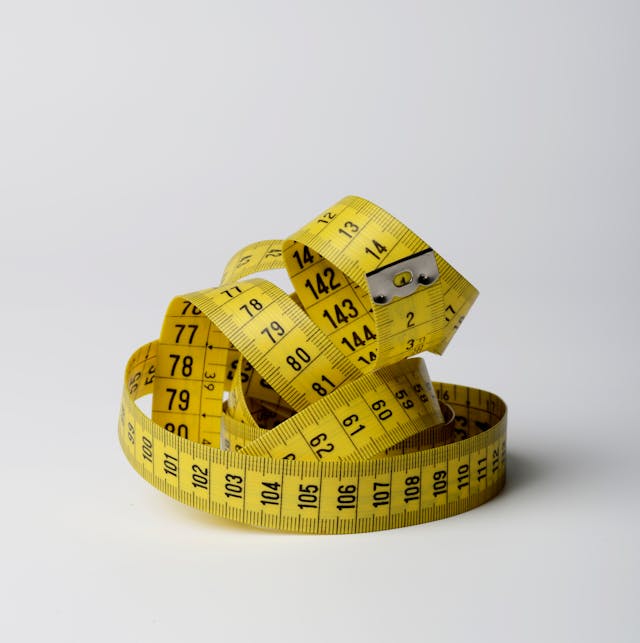
Overview of the Chapter
This chapter introduces students to the fundamental concepts of measurement, focusing on length and motion. It explains the importance of standard units, different tools used for measuring length, and basic ideas related to motion, including types and measurement.
Measurement of Length
Length is the measurement of how long or short an object is from one end to another.
To measure length accurately, we use standard units like meters (m), centimeters (cm), and millimeters (mm). Different tools such as rulers, measuring tapes, and meter scales are used depending on the object's size.
Units of Measurement
- 1 kilometer (km) = 1000 meters (m)
- 1 meter (m) = 100 centimeters (cm)
- 1 centimeter (cm) = 10 millimeters (mm)
Motion and Its Types
Motion refers to the change in position of an object with respect to time.
There are different types of motion:
- Rectilinear Motion: Movement in a straight line.
- Circular Motion: Movement along a circular path.
- Periodic Motion: Motion that repeats after a fixed interval.
Measuring Motion
Motion can be measured in terms of speed, which is the distance covered by an object in a given time. The formula for speed is:
Speed = Distance / Time
Common units for speed include meters per second (m/s) and kilometers per hour (km/h).
Summary
This chapter helps students understand the basics of measuring length and motion using standard units and tools. It also introduces different types of motion and how to calculate speed.
